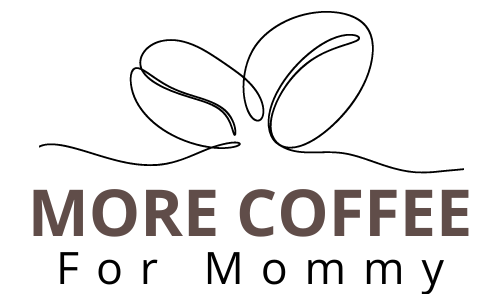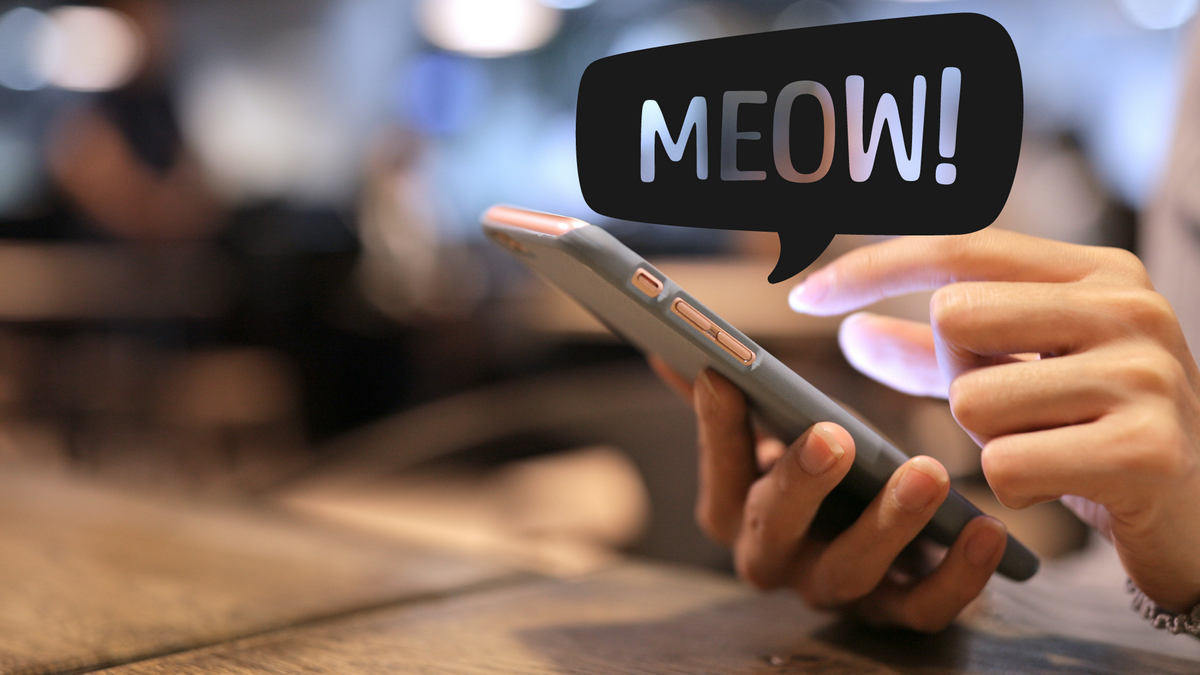All of us are witnessing how fast social media evolves, trends pop up and disappear in no time. One minute, everyone’s doing a dance challenge, the next they’re trying out a new recipe hack, and just like that, something else goes viral. But not all trends are just harmless fun; some find their way into places they shouldn’t, like classrooms.
Take “mewing,” for example—a TikTok trend that began as a cosmetic trick but has quickly turned into something that’s causing a bit of a stir in schools.
What Is Mewing?
@rodrigobr.exp
“Mewing” might sound like something a cat would do, but it’s actually a technique introduced by British orthodontist Professor John Mew. The idea is simple: you press your tongue flat against the roof of your mouth.
This small action is said to offer various benefits, like improving jawline definition and easing tension in the jaw and mouth. The trend has blown up on social media platforms like TikTok, where you’ll find tons of tutorials and success stories from people who swear by it.
From Cosmetic Practice to Classroom Disruption
@teresakayenewman What is the “mewing” gesture, why are students mewing their teachers, and why is it harmful and disruptive to the learning environment? #teacher
While mewing started as a self-improvement trend, it’s taken a bit of a twist, especially in classrooms. Originally, mewing was a quiet, personal thing. But now, students have turned it into a gesture—a way to silently opt out of participating in class.
In classrooms across the country, students are putting their own spin on mewing by placing a finger over their mouth and sliding it down their jawline. It’s become a way to say, “I’m not interested” without actually speaking. It’s like they’ve found a way to silently decline involvement, and it’s causing some real frustration for teachers.
For educators, this isn’t just a harmless gesture—it’s disruptive. It’s seen as a sign of disrespect and makes it harder for teachers to engage students in meaningful discussions. The situation is trickier because many teachers don’t even know what the gesture means.
They might think it’s just a random habit or idle movement, but the students know exactly what they’re doing. This creates a classroom environment where students feel they can dismiss their teachers’ efforts, leaving educators unsure of how to handle it.
The Viral Video That Shone a Spotlight on the Issue
@mr_lindsay_sped Are you ready for the school year? Mewing is something you’ll probably see. Do you know what it is? Some students will also refer to this as #mogged or #mogging #genalpha #slang #middleschoolslang #teachersoftiktok #teacherfyp
The trend might have gone unnoticed if not for a viral TikTok video by Teresa Newman, a teacher who shared her concerns on the platform. Newman’s video has racked up over six million views and struck a chord with both educators and parents.
In the video, she talks about how the “mewing” gesture is negatively affecting the learning environment. While students might think it’s just a joke, they clearly understand it’s disrespectful.
“We’re not asking kids not to be kids,” says Teresa.
Newman’s point is straightforward: this isn’t just about students having a bit of fun; it’s about the erosion of respect within the classroom. Her video sparked a conversation, with many people agreeing that the trend is indeed a problem.
Some commenters noted that trends like “mewing” contribute to a growing disrespect towards teachers, a trend that is pushing some educators to leave the profession altogether.
“I think this meowing trend with students is probably gonna be the final reason that I decide to never return to the classroom to teach ever again,” says Teresa in the video.
Teachers Speak Out
Прикажи ову објаву у апликацији Instagram
Teresa Newman isn’t the only teacher to raise concerns about the “mewing” trend. Philip Linsday, a special education teacher, has also spoken out against the behavior. Linsday’s approach is more confrontational; he advises teachers to call out students with a firm, “You can mew on your own time, answer my question.”
His response highlights the frustration many teachers feel when faced with students who use “mewing” as a way to avoid participation. Linsday’s advice underscores a broader issue: how can teachers maintain control and foster a respectful learning environment when students are actively undermining their authority?
The answer isn’t simple, and it varies from classroom to classroom. However, what is clear is that the “mewing” trend has forced teachers to find new strategies for managing behavior—strategies that go beyond traditional disciplinary measures.
The Underlying Issue Is Bigger Than You Might Think

At its core, education relies on mutual respect between students and teachers. When that respect is eroded, the entire educational experience suffers. The trend contributes to a culture of disrespect that can have long-term implications.
If students think it’s okay to brush off their teachers with a simple gesture, they might take that same attitude into other parts of their lives. It’s not just about this one trend—it’s about a bigger issue of how we value and respect people in authority, especially those who are committed to teaching the next generation.
This trend is a symptom of a larger cultural shift, one in which social media has an outsized influence on behavior, especially among young people. Platforms like TikTok are great for connecting and sharing, but they can also spread trends that aren’t always positive.
How to Address the Mewing Trend

What can be done about the “mewing” trend? While there’s no one-size-fits-all fix, there are a few strategies that educators and administrators can try to reduce the impact of this disruptive behavior.
- Education and Awareness: The first step in tackling any behavior issue is raising awareness. Teachers should be clued in on what “mewing” is and why it’s a problem so they can spot it when it happens. Once they’re informed, they can talk to their students about why this behavior is disruptive and encourage them to think about how their actions affect others.
- Open Dialogue: Communication is key when dealing with disruptive behavior. Teachers should create an environment where students feel comfortable sharing their thoughts and feelings. By having open conversations about “mewing,” educators can help students see why it’s disrespectful and work together to find better ways for them to express themselves.
- Setting Clear Expectations: It’s important for teachers to set clear expectations for behavior in the classroom. This includes making sure students know the consequences of disruptive actions like “mewing.” When students understand what’s expected of them and what will happen if they cross the line, they’re more likely to follow the rules.
- Positive Reinforcement: Encouraging good behavior can be just as effective as dealing with bad behavior. Teachers can use positive reinforcement to reward students who participate in class and show respect for others. This helps create a classroom culture where respect is the norm, not the exception.
- Involving Parents and Guardians: Parents and guardians play a huge role in shaping their kids’ behavior. Schools should involve families by informing them about the “mewing” trend and encouraging them to talk to their children about the importance of respect in the classroom. When parents are on board, students are more likely to take the issue seriously.
- Utilizing School Resources: Schools often have resources like counselors or behavior specialists to help manage issues like this. Educators should make use of these resources to develop strategies for handling disruptive behavior and supporting students who might be struggling.
The Bottom Line
The “mewing” trend might have started as a harmless social media challenge, but it’s turned into something much more disruptive in the classroom. When students use it to interrupt lessons and challenge teachers, it’s clear this is more than just a passing fad.
It’s a sign of the bigger issues educators face in today’s digital world, where social media trends can have real-life consequences.

